Accurate conversion tracking is the backbone of profitable digital marketing. When conversions are tracked accurately, you can allocate ad spend confidently, optimize campaigns for genuine business objectives, and measure return on ad spend (ROAS). When tracking is messy, you risk wasting your budget, receiving conflicting reports, and making poor decisions.
Two tools are central to most advertisers’ measurement stacks: Google Ads Conversion Tracking (the native conversion measurement inside Google Ads) and Google Analytics 4 (GA4) (Google’s event-driven analytics platform). Both claim to measure conversions, but they work differently; each has trade-offs, and marketers often see mismatched numbers that spark the question: Which should you trust?
This article walks through both systems in plain language, compares them across the most important measurement dimensions, explains common problems and fixes, and helps you decide which tool should be the primary source of truth for different business scenarios.
Why accurate conversion tracking matters
Wasted ad spend is the marketer’s worst fear: bids optimized for the wrong signal, keywords turned off because “they do not convert,” or worse, attributing conversions to ads when they came from organic or offline sources. Inaccurate or inconsistent tracking causes:
- Poor bid and budget decisions. Autopilot bidding needs reliable signals.
- Misunderstanding of channel performance, which leads to bad re-allocations.
- Fractured team reporting. Sales and marketing do not agree on results.
- Missed optimization opportunities. You cannot test improvements you cannot measure.
Google Ads conversion tracking and GA4 both promise to measure conversions, but they differ in architecture, attribution logic, and how they handle privacy. Understanding both helps you build a measurement setup that minimizes discrepancies and supports smarter decisions.
What each tool is and how it works
What is Google Ads Conversion Tracking?
Google Ads Conversion Tracking is the platform’s native way to record when someone takes an action you care about after interacting with your ad (click or view). Typical conversions include purchases, form submissions, phone calls from ads, and app installs.
How it functions (simply):
- A conversion action is defined in Google Ads (for example, “Purchase” or “Signup”).
- When a user clicks an ad, Google attaches identifiers (such as a click ID) so it can later match an action back to that click.
- If the user completes the conversion (tracked by a pixel, server event, or Google Click ID known as GCLID), Google credits the conversion to the corresponding campaign or keyword, depending on attribution settings.
- Google Ads can also record view-through conversions (users who saw an ad but did not click).
Major benefits:
- Native to Google Ads. Conversions are tightly integrated with bidding strategies, allowing smart bidding (tCPA, tROAS, Maximize Conversions) to use the conversion signal directly.
- Fast reporting for ad optimization (near real-time for many actions).
- Includes ad-specific signals (impressions, clicks, creative) that GA4 might not capture for ads as cleanly.
Limitations:
- Typically attributes only to Google ad interactions, although GA4 can import conversions back.
- Tracking can break if GCLID parameters are removed, if there are tagging errors, or for cross-domain issues.
- View-through conversions can overcount in some contexts.
What is GA4, and how is it different from Universal Analytics?
Google Analytics 4 (GA4) is Google’s event-driven analytics platform that replaced Universal Analytics (UA). GA4 measures user interactions as events and focuses on cross-platform user journeys (web and app) and privacy-friendly measurement.
How GA4 tracks conversions (simply):
- Everything is an event (page_view, purchase, sign_up).
- Events can be marked as “conversions” inside GA4.
- GA4 uses client-side gtag or Google Tag Manager (or server-side tagging) to collect events, and it applies event-scoped parameters for a richer context.
- GA4 attribution is more flexible and can be set to different models, but it also uses modeling to fill data gaps due to privacy changes.
Advantages:
- Unified web and app measurement model.
- Stronger user-level event modeling (improved cross-device and cross-platform insight).
- More flexible event schema and richer event parameters for deeper analysis.
- Built to work with privacy changes using modeling and consent-aware collection.
Limitations:
- Transition from UA to GA4 has a learning curve. The reporting interface is different and more exploratory.
- Some marketers find conversion events in GA4 slower to appear, or they see differences due to sampling, deduplication, or modeling.
- Out-of-the-box GA4 may miss ad click identifiers unless you import or configure them correctly.
Example to clarify: A shopper clicks a Google ad, browses, and later returns directly to purchase. Google Ads conversion tracking typically attributes that sale to the ad click (based on the click window and attribution model). GA4 may attribute it to a later session or present a different view depending on attribution settings, pricing, or data-modeling differences.
Also Read: Universal Analytics (GA3) Vs. Google Analytics 4 (GA4) Explained
Side-by-side comparison: Google Ads vs GA4
Data Accuracy
Google Ads approach:
Google Ads ties conversions to ad clicks and impressions using click identifiers and its internal logs. Because Google controls the ad delivery and click data, its matching process is often accurate for ad-sourced conversions. Native conversion actions are optimized for bidding and typically reflect an advertiser’s immediate paid-channel ROI.
GA4 approach:
GA4 records events on your site or app and relies on client-side tracking, user-ID (if implemented), and modeling to stitch sessions and users. When a conversion is marked in GA4, it is counted based on event occurrences in the analytics data, not the ad platform’s click logs.
Summary:
- For ad-attributed conversions where the click can be matched, Google Ads often records the conversion more directly
- GA4 provides a broader view across channels but may show different counts due to session stitching, deduplication rules, and modeling
- For exact ad-to-conversion mapping for bidding, Google Ads is typically more reliable. For multi-channel insights and user-level funnels, GA4 is better
Attribution Modeling
Google Ads approach:
Google Ads offers several attribution models, such as last click, data-driven, time decay, and position-based. The platform often defaults to a last Google Ads click or data-driven model for smart bidding. Attribution weights are designed to improve ad bidding.
GA4 approach:
GA4 supports multiple attribution models and includes a data-driven model that uses machine learning to allocate credit across touchpoints. GA4’s cross-channel view lets you see ad, organic, referral, and other sources side by side and choose the model that fits your analysis.
Summary:
- Google Ads attribution is optimized for ad performance and bidding
- GA4 supports a more holistic cross-channel attribution analysis
- For bidding, prioritize Google Ads attribution. For strategic channel-level decisions, use GA4
Cross-Device Tracking
Google Ads approach:
Google Ads can track cross-device conversions via signed-in Google accounts and probabilistic signals. It tends to perform well when users are within the Google ecosystem.
GA4 approach:
GA4 is built to be cross-platform. It supports user_id tracking to link web and app behavior, plus Google signals (if enabled) to capture signed-in user cross-device behavior. GA4 also uses modeling when identifiers are unavailable.
Summary:
- Both platforms attempt cross-device linking, but GA4’s event-driven model makes it stronger for unified cross-platform journeys
- For pure ad-click attribution across devices, Google Ads benefits from direct ad click logs
- For mapping customer journeys across app and web, GA4 is typically better
Privacy and Compliance
Google Ads approach:
Google Ads relies on click identifiers and remarketing cookies or identifiers. It is adapting to privacy changes by leaning on modeled conversions, consent settings, and enhanced conversions. It also supports server-side conversion uploads.
GA4 approach:
GA4 was designed for a cookieless future. It supports consent mode, more aggressive modeling, and flexible controls for data retention and deletion. GA4 can operate with less reliance on third-party cookies.
Summary:
- GA4 is architected for privacy-first measurement and will likely be more resilient under stricter privacy rules
- Google Ads is also adapting with enhanced conversions and server-side tagging
- For future-proofing analytics, GA4’s modeling and consent-aware features are crucial
Reporting and Flexibility
Google Ads approach:
Reporting is campaign-focused and built for ad optimization. Metrics are fast and tightly integrated with bidding. Google Ads reports make it easy to see conversions by campaign, keyword, ad group, and creative.
GA4 approach:
GA4 provides custom analysis, funnels, audiences, and an event-level view. Its reports are flexible, but the interface is less prescriptive, which means a steeper learning curve but much more customizable analysis.
Summary:
- For quick ad optimization, Google Ads reporting usually wins
- For deep funnel analysis, cohorting, and advanced segmentation, GA4 is more flexible
- The optimal setup uses Google Ads for tactical ad decisions and GA4 for strategic analysis
Common challenges when using both tools together
Marketers routinely see discrepancies between Google Ads and GA4. Here are the most common causes and practical fixes.
Data discrepancies between platforms
Why does it happen?
- Different attribution models and conversion windows.
- Duplicate or missing tags (GA4 vs. Google Ads tags).
- Ad click parameters (GCLID) are lost due to redirects or improper tagging.
- Conversion deduplication: GA4 and Google Ads dedupe differently.
Fixes & best practices:
- Standardize conversion windows and attribution logic where possible (e.g., set matching 30-day windows for primary metrics when comparing).
- Implement server-side tagging or enhanced conversions to preserve click identifiers and improve match rates.
- Use gtag or GTM consistently and test tags with preview/debugging tools.
- Map conversions consciously: decide which conversions live in Google Ads (for bidding) and which live in GA4 (for analysis). Consider importing conversions from GA4 to Google Ads only when deduplication is correctly configured.
Attribution conflicts
Why does it happen?
- Google Ads attributes to ad clicks; GA4 may credit other touchpoints or later direct traffic.
- Data-driven models differ because they use different event sets and scopes.
Fixes & best practices:
- Accept multiple truths: use Google Ads as the ground truth for ad performance and GA4 for cross-channel context.
- Use consistent naming and event definitions so that when you import GA4 conversions into Google Ads, the same event represents the same action.
- Create a measurement policy that specifies which platform owns what metric (e.g., Google Ads owns last-click ad conversions for bidding; GA4 owns multi-touch channel reports).
Delayed reporting
Why does it happen?
- GA4 uses modeling and can apply latency for deduplication and processing. Google Ads often reports faster.
- Large volumes or server-side setups may cause slight delays.
Fixes & best practices:
- Don’t optimize bids on incomplete data; let smart bidding stabilize overnight if a recent tagging change was made.
- Monitor conversion latency during major launches and expect differences within the first 24–72 hours.
User confusion when numbers don’t align
Why does it happen?
- Stakeholders often expect identical numbers from both platforms.
- Different default definitions for what constitutes a “conversion.”
Fixes & best practices:
- Educate stakeholders with a simple conversion-tracking map showing which platform reports what and why.
- Build an executive dashboard that reconciles key metrics and explains variance, or provide a short note on why GA4 and Google Ads differ.
- Use server-side click tracking (when possible) to centralize event ingestion and reduce mismatches.
Also Read: 10 Google Ad Management Mistakes to Avoid in 2025
Which tool to trust, depending on the business scenario
Not every business needs the same “single source of truth.” Here’s guidance by business type.
Small businesses with limited budgets
Recommendation: Prioritize Google Ads Conversion Tracking for direct campaign optimization; supplement with GA4 for high-level insight.
Why: Small budgets require tight, fast feedback for bidding. Google Ads’ native conversions feed automated bidding directly and reliably for paid campaigns. GA4 remains useful for understanding site behavior and longer-term audience building.
Practical setup:
- Configure 1-3 core conversion actions in Google Ads (purchase, lead form, call).
- Use GA4 to track additional engagement (time on site, key pages) and import only high-quality conversions if needed.
- Consider simple enhanced conversions (email hashing) to improve match rates.
E-commerce companies focused on sales tracking
Recommendation: Use both, but Google Ads as the bidding truth and GA4 as the analytics truth.
Why: E-commerce teams need the immediate ad-to-sale mapping for ROAS and bidding, but also require funnel and lifetime value analysis that only GA4 (with rich event parameters) can provide.
Practical setup:
- Send purchase event server-side to Google Ads (for bidding) and to GA4 (for analysis).
- Implement enhanced conversions and server-side tagging to reduce the attribution gap.
- Use GA4’s product-scoped parameters and ecommerce reports to analyze product performance, LTV, and cohorts.
Lead generation businesses (form fills, calls)
Recommendation: Choose Google Ads for lead attribution (especially for call tracking and click-to-call) while using GA4 for funnel optimization and multi-touch insights.
Why: Lead gen often relies on call tracking, form submissions, and estimated lead quality. Google Ads can capture call conversions and feed this into bid strategies quickly. GA4 helps evaluate lead quality by connecting on-site behavior to downstream events.
Practical setup:
- Set up Google Ads call conversions and import form conversions where relevant.
- Use GA4 to track multi-step form funnels, assisted conversions, and event parameters that indicate lead quality.
- Consider server-side lead enrichment to feed better signals into Google Ads conversion actions.
Enterprises requiring advanced attribution and multi-channel analysis
Recommendation: Treat GA4 as the strategic source of truth for enterprise analytics; Google Ads remains the operational source for paid bidding.
Why: Enterprises need cross-channel attribution, offline conversions (CRM), and advanced modeling. GA4’s event model and integrations (BigQuery exports) let you perform deep analysis and custom attribution modeling. However, Google Ads must still provide the conversion signal for real-time bidding.
Practical setup:
- Export GA4 data to BigQuery for advanced modeling and cross-channel attribution.
- Use server-side tagging and CRM imports to ensure sales and offline conversions are reconciled.
- Maintain Google Ads conversion actions for bidding; align definitions and import GA4 conversions only after dedupe logic is validated.
Frequently Asked Questions
1. Why do Google Ads and GA4 show different conversion numbers?
Google Ads attributes conversions to ad clicks, while GA4 uses multi-touch attribution. They also differ in tracking methods, lookback windows, and reporting times, which naturally leads to discrepancies in conversion numbers.
2. Which tool is more accurate for measuring paid ad performance?
Google Ads Conversion Tracking is more accurate for measuring ad-driven results because it focuses specifically on paid interactions, while GA4 distributes credit across multiple channels, sometimes underreporting ad-specific performance.
3. Can I use both Google Ads Conversion Tracking and GA4 together?
Yes, using both provides deeper insights. Google Ads shows precise campaign-driven conversions, while GA4 highlights the broader customer journey. Together, they give businesses a balanced view of performance across ads and other channels.
4. Which tool is better for e-commerce businesses?
GA4 is better for e-commerce due to advanced event tracking, enhanced e-commerce features, and cross-device insights. However, Google Ads Conversion Tracking remains essential for accurately measuring and optimizing paid advertising campaigns.
5. How does attribution modeling differ between Google Ads and GA4?
Google Ads typically uses last-click or ad-focused attribution, giving credit to the final interaction. GA4 applies data-driven attribution, spreading credit across multiple touchpoints, offering a more holistic but sometimes less ad-focused measurement.
6. Do data privacy regulations affect Google Ads and GA4 differently?
Yes. GA4 was built with privacy-first features like cookieless tracking and consent mode. Google Ads also adapts but remains more limited in cross-channel tracking compared to GA4’s compliance-driven design.
7. How do I decide which tool to trust for reporting conversions?
Choose based on goals: for ad performance evaluation, Google Ads is more reliable. For multi-channel customer journey analysis, GA4 is better. Ideally, businesses should use both for accurate, well-rounded insights.
Conclusion
There is no single universally most trustworthy tool. The right answer depends on your objective.
For bidding and immediate ad optimization, trust Google Ads conversion tracking because automated bidding uses Google Ads’ own signals. Ensure those conversion actions are defined with high fidelity and fed with enhanced or server-side data where possible.
For multi-channel analysis, customer journeys, and strategic insights, trust GA4. GA4 gives a broader perspective across web and app, supports advanced event modeling, and is built for privacy-first measurement.
The pragmatic approach is not to choose one and ignore the other, but to treat them as complementary. Use Google Ads for operational bidding truth and GA4 for strategic analytics. When both are correctly configured and reconciled via server-side tagging, consistent event definitions, and careful attribution mapping, you will get the best of both worlds: accurate bids and deep insights.
Ready to take the confusion out of conversion tracking? 1Solutions can audit your current setup, implement enhanced conversions and server-side tagging, align Google Ads and GA4 event definitions, and build reconciled dashboards that stakeholders actually trust.













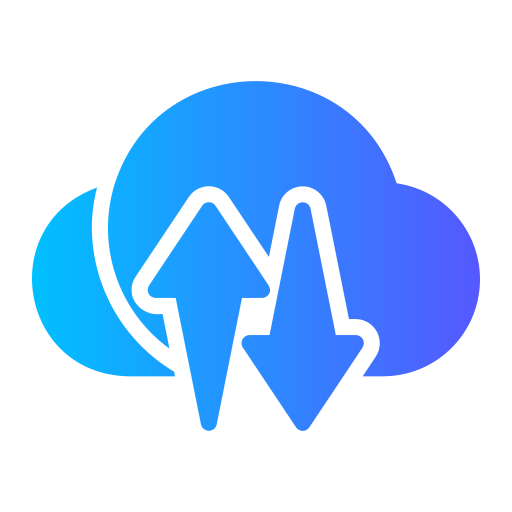
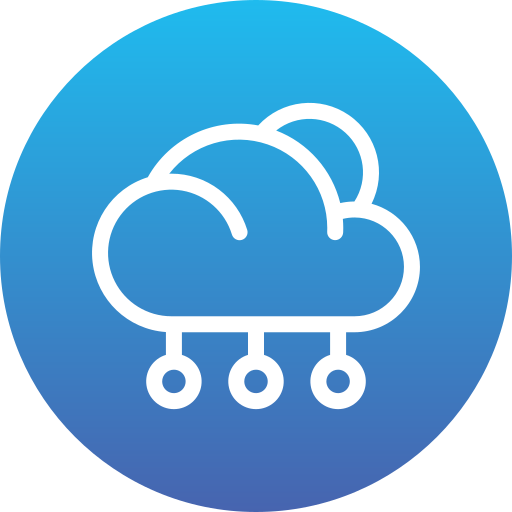
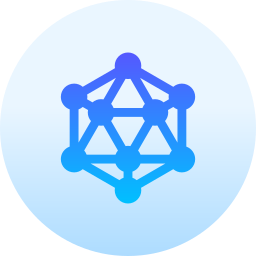



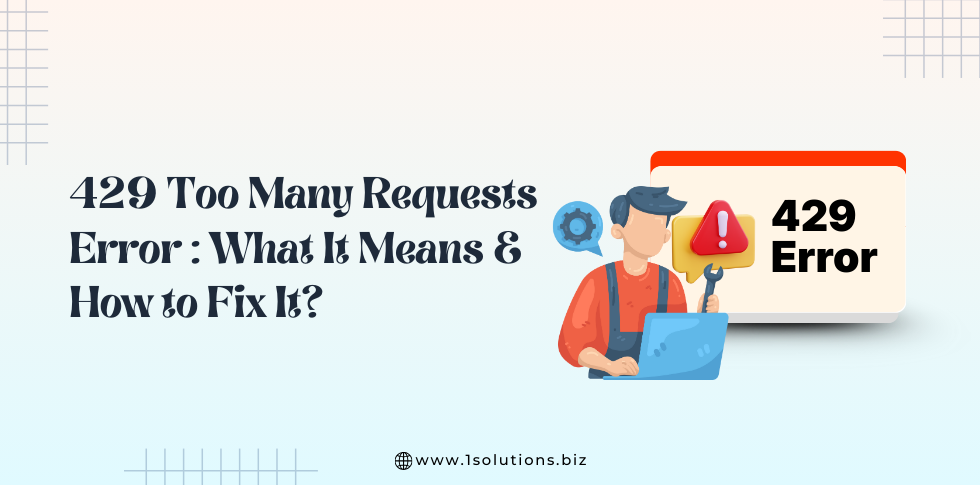

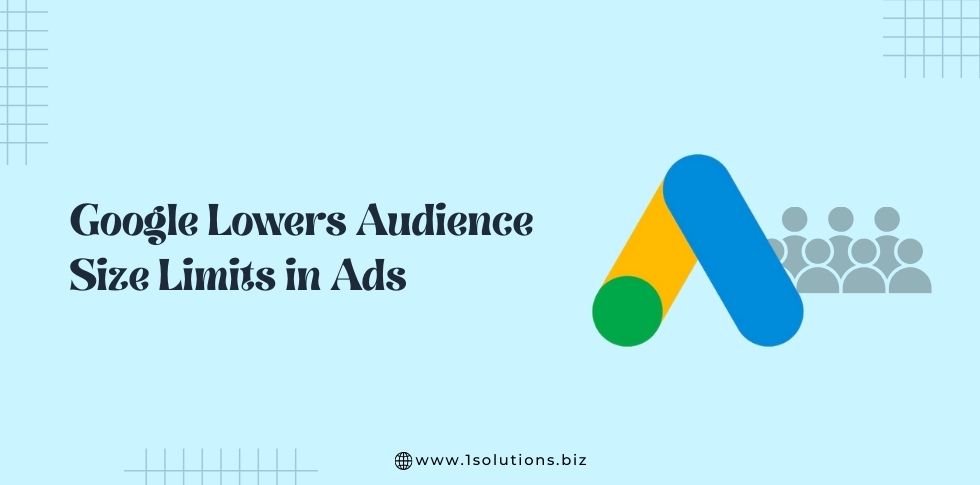

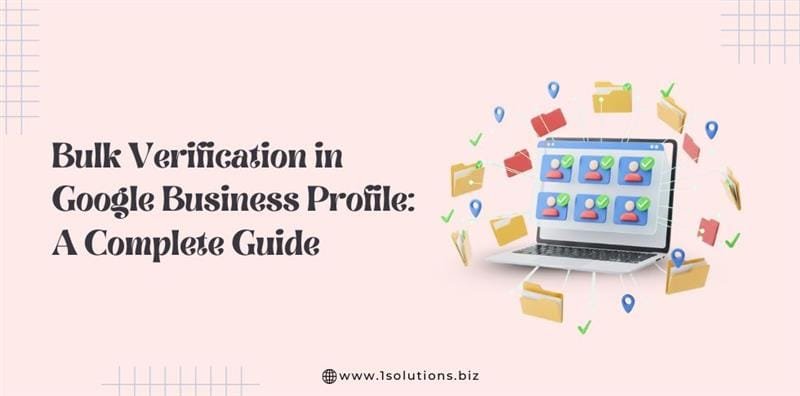
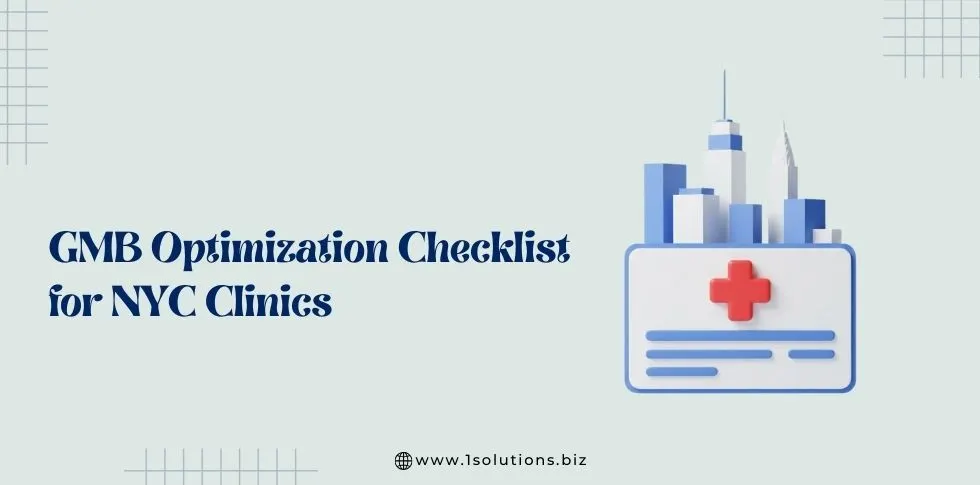

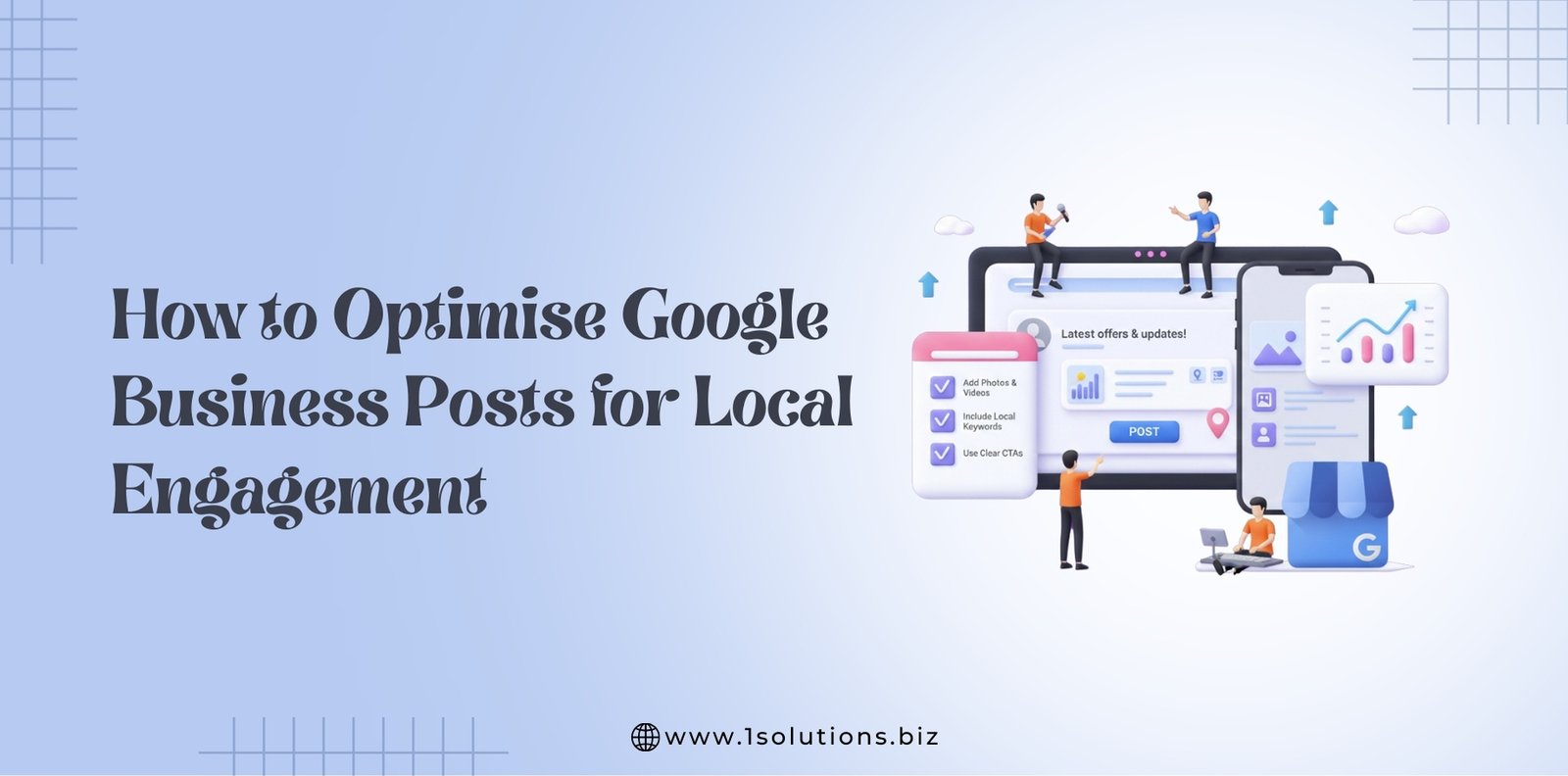




 in India
in India